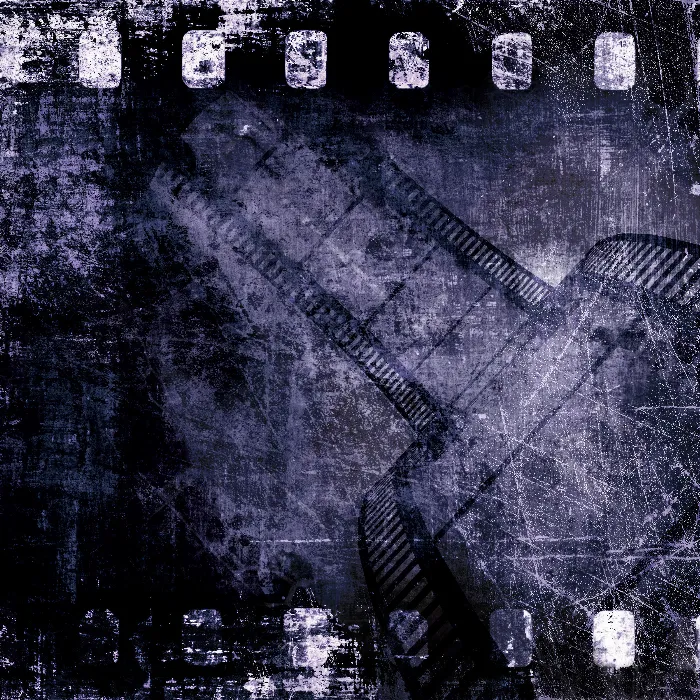In the world of digital media, After Effects is a crucial tool for creating impressive animations and visual effects. With the right knowledge about layers, modes, masks, and shape layers, you can significantly enhance your projects. In this guide, you will learn how to effectively use the switches and modes of layers and how to make sensible use of masks and shape layers to achieve professional results.
Key Insights
- Layer switches and modes are crucial for controlling the visibility and effects of layers.
- Masks allow for precise adjustments and highlighting details from other layers.
- Shape layers provide an advanced way to create vector graphics within After Effects.
Step-by-Step Guide
How Layer Switches and Modes Work
In the first step, you will get to know the different layer switches and modes in After Effects. After you have organized your composition and adjusted the colors, you can turn the switches and modes on or off to control the visibility and effects of your layers. You can activate the switches for visibility, audio, and solo to make your work more organized.
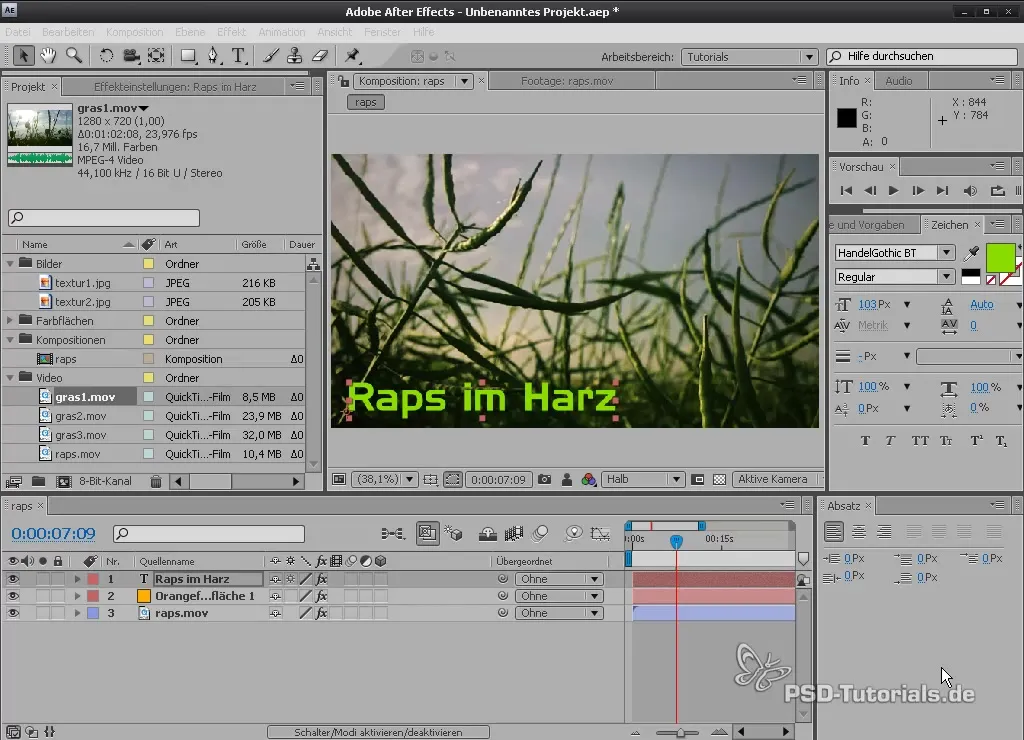
The modes are comparable to the blending modes in Photoshop, which determine how layers influence each other. Use the Shift and Plus keys to quickly toggle between modes and find the appropriate blending mode for your layers.
An easy way to give your layers better visual effects is to duplicate layers. With Ctrl + D, you can duplicate the selected layer and then adjust the properties of this new layer to create interesting compositions.
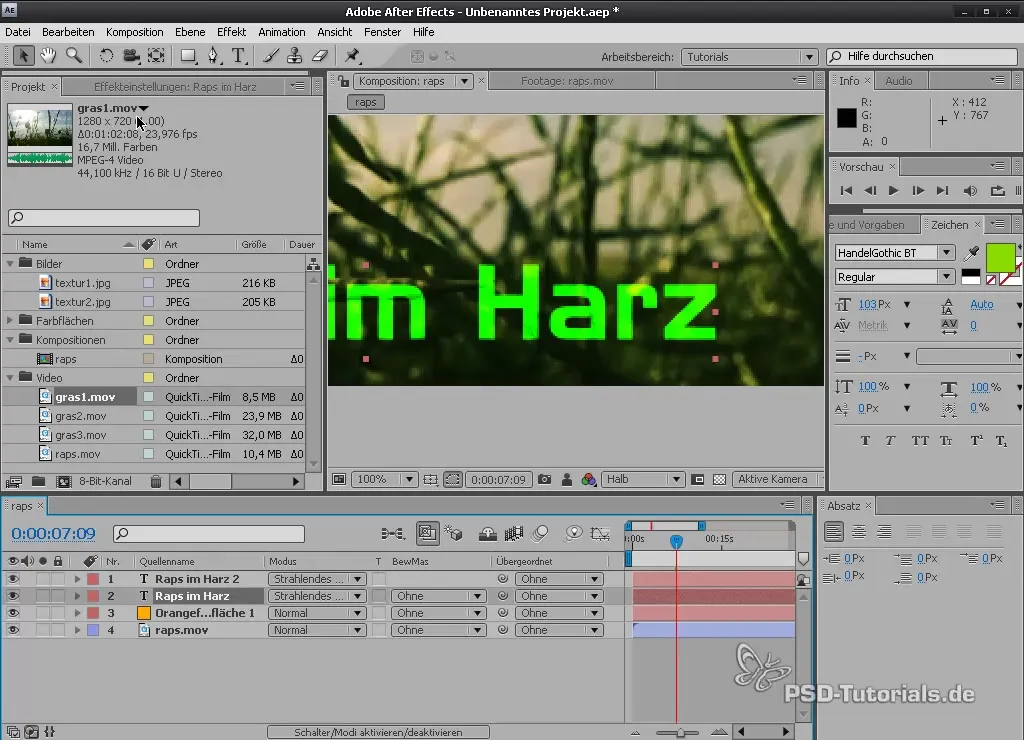
Adjusting Layer Properties
In the next step, you should familiarize yourself with the properties of your layers. You can change names, adjust the quality of the layer, and enable anti-aliasing. By enabling network rendering and motion blur, you can create more dynamic animations that appear more natural.
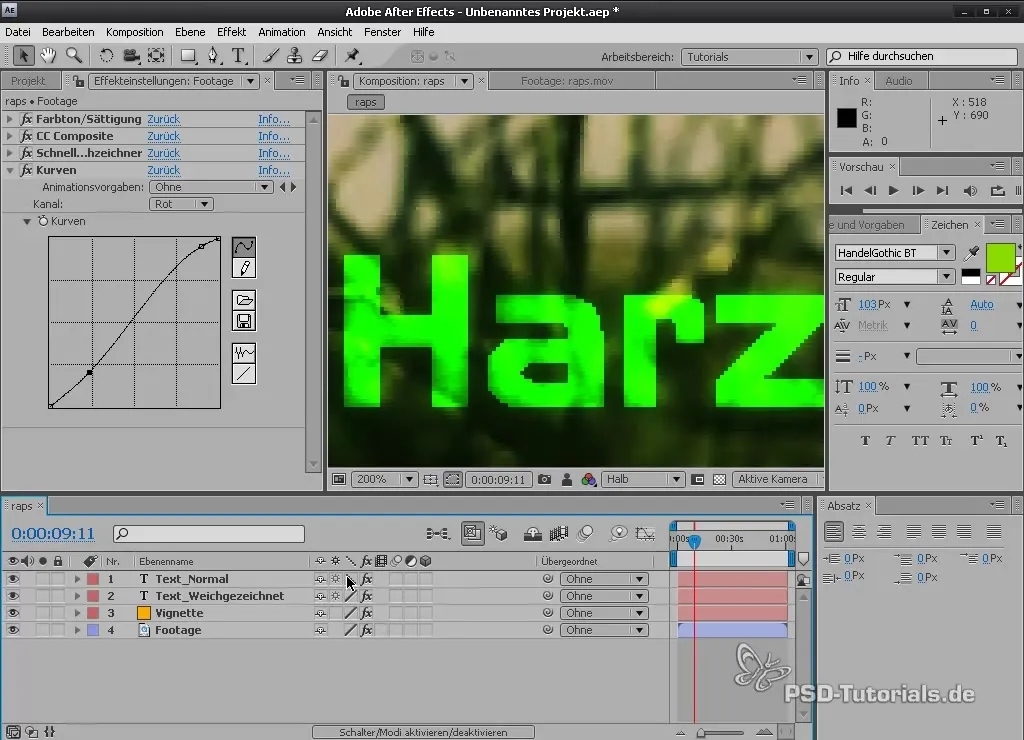
Adding keyframes and adjusting the position of your elements allows you to create impressive animations. Try it by quickly moving the text and enabling motion blur – the result will enhance the overall look of your animation.
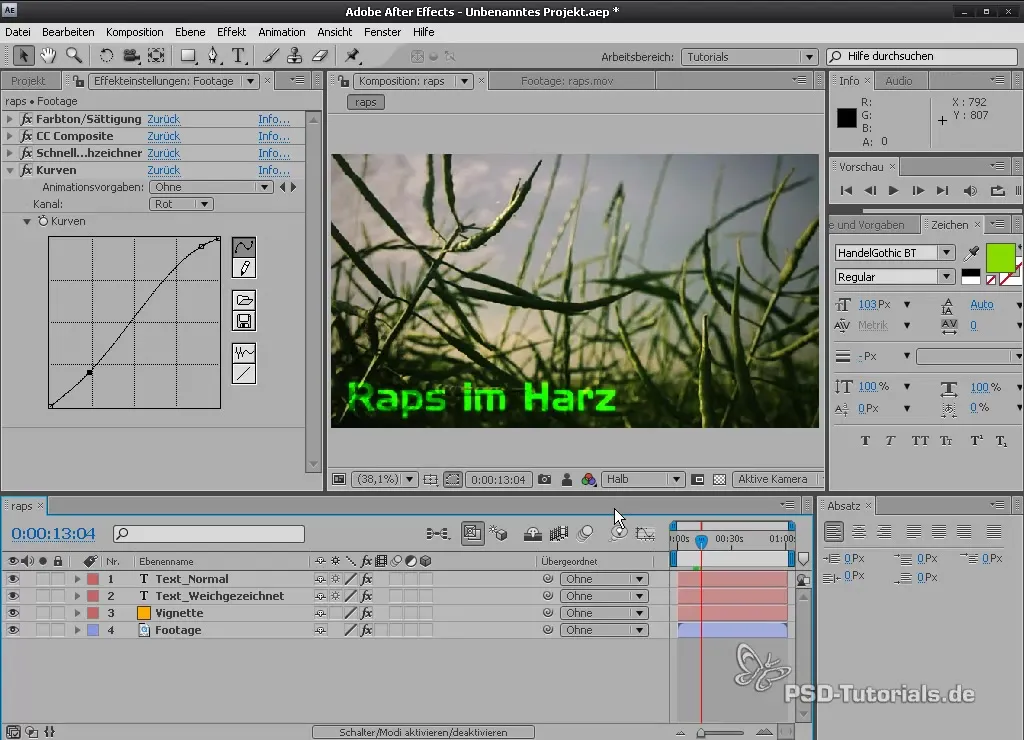
Together with motion blur, you can create a professional animation that is visually appealing by applying effects like time adjustment of keyframes. Be sure to enable the motion blur switch to ensure smooth transitions and high visual quality.
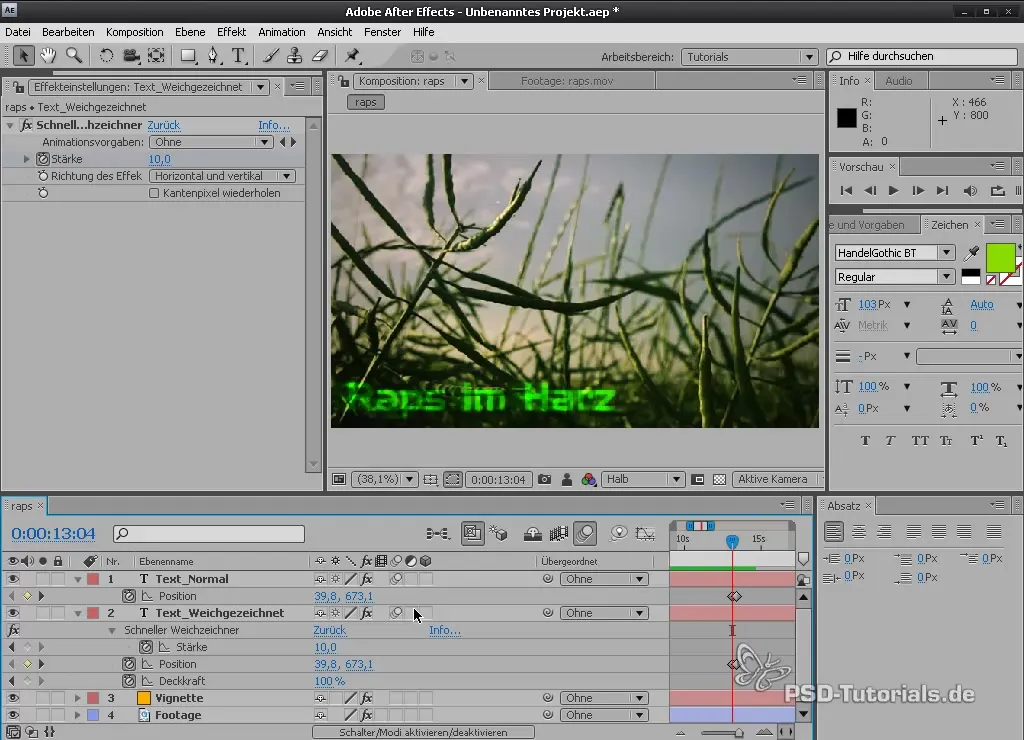
Working with Masks
Another important aspect in After Effects is the use of masks. Masks allow you to hide parts of a layer and highlight other parts. To create a mask, select the desired layer and use the pen tool to define the shape of the mask.
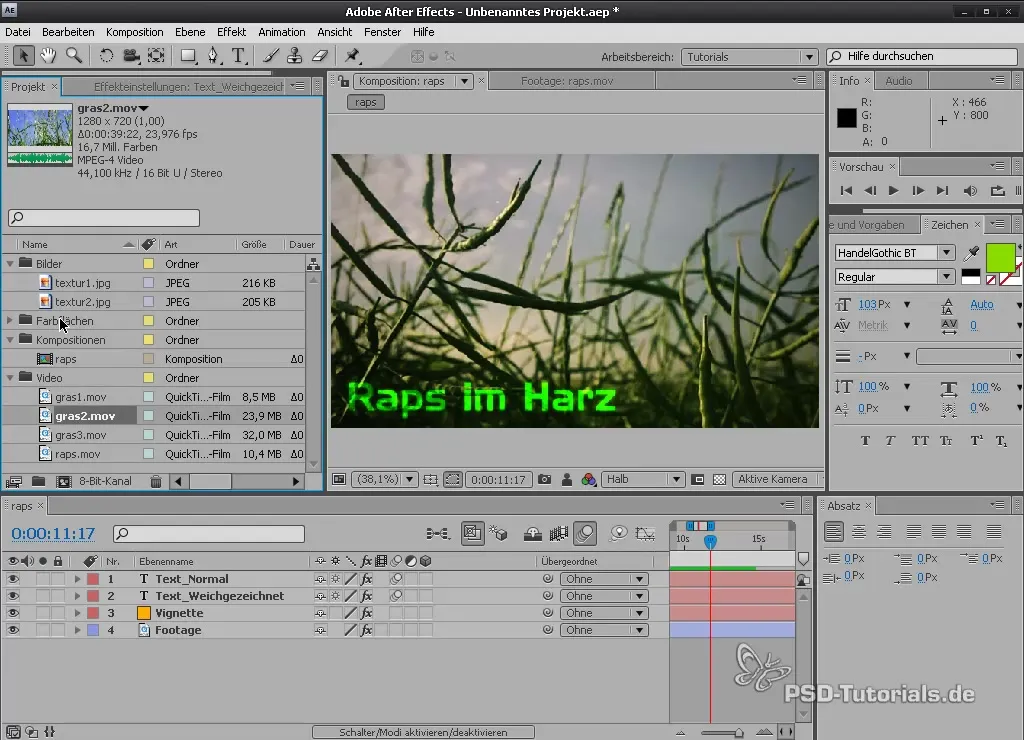
After creating your mask, you can adjust the mask settings to achieve the desired effect. Set the mask mode to "subtract" to hide the desired parts, and use soft mask edges to refine the effect.
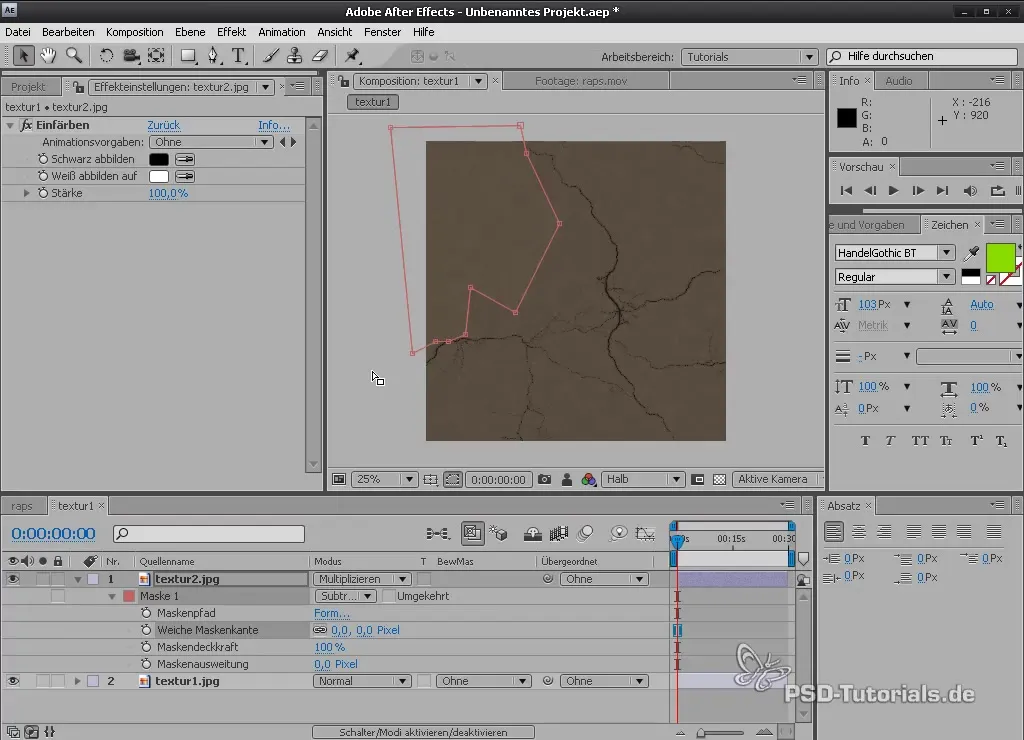
Remember that masks are based on vector elements, meaning they won't become pixelated even when scaled. This is especially useful when you need high-quality graphics or animations.
Introduction to Shape Layers
Shape layers provide an alternative way to create vector graphics in After Effects. When you create a shape layer, you can use various shapes and styles directly in your project without having to rely on external graphics.
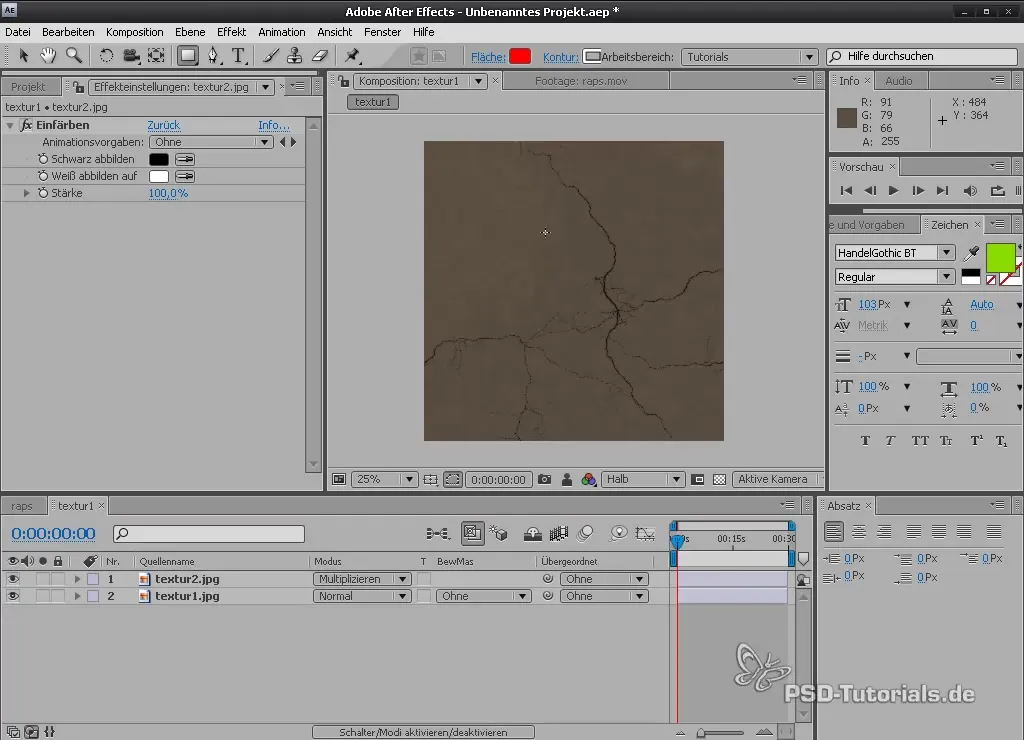
Experiment with the different settings of shape layers to create unique and creative designs. You can adjust strokes, fills, and even gradients to bring your graphic elements to life.
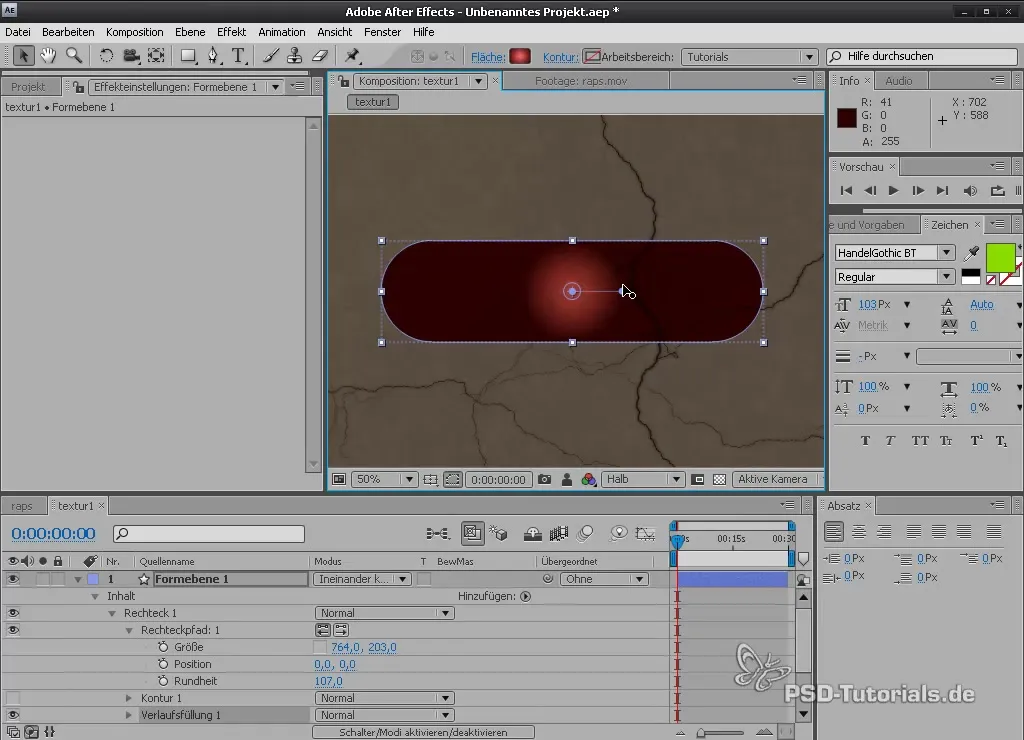
Applying Masks and Shape Layers Together
An exciting technique is the combination of masks and shape layers. This method allows you to create complex effects by applying masks to shape layers. This way, you can highlight or hide specific areas and further refine the visual design.
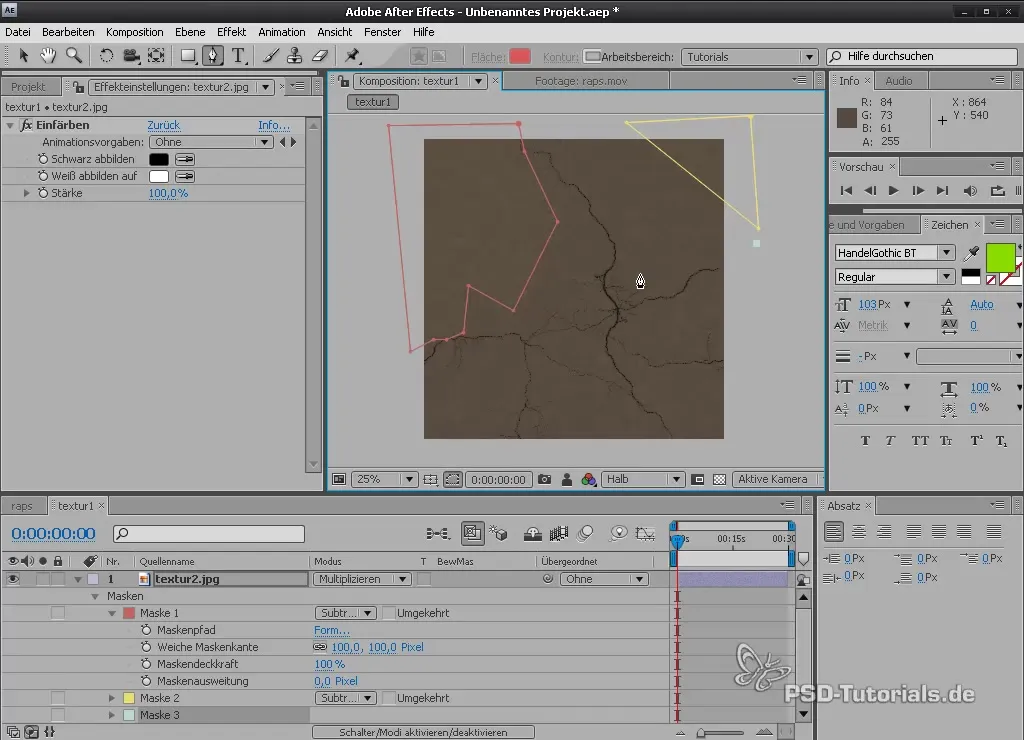
Remember to experiment with masking and shape layers; often the best results come from creative combinations and adjustments.
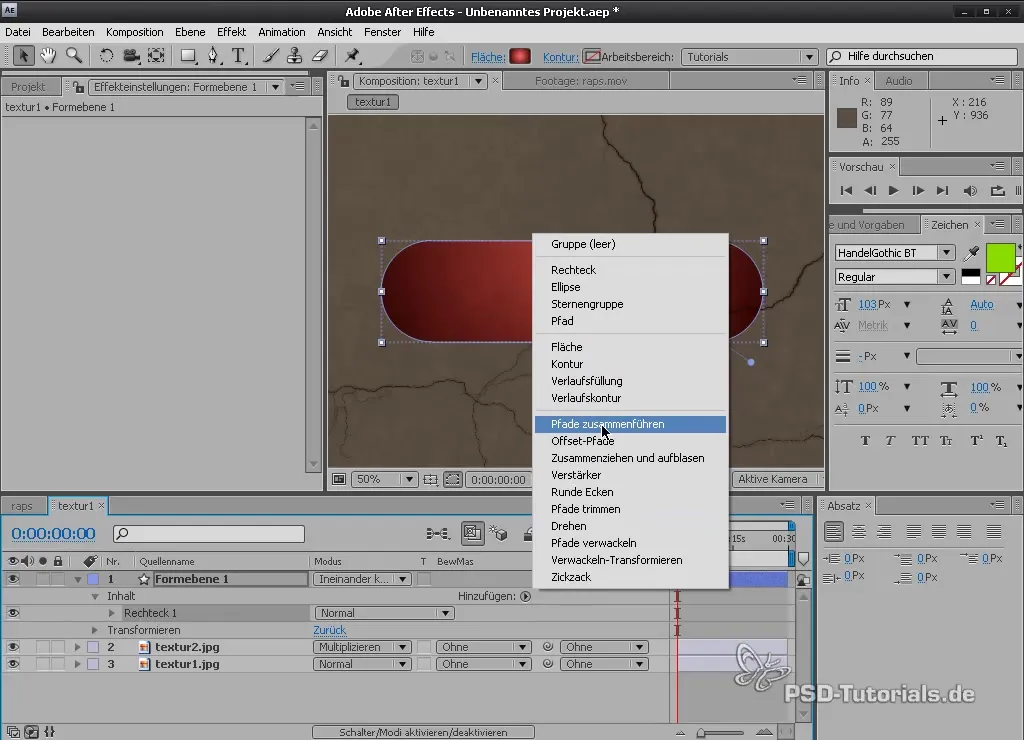
Summary - After Effects Tutorial: Layers, Modes, Masks, and Shape Layers
In this tutorial, you learned how to use the switches and modes of layers to optimize your projects. You are now capable of using masks effectively to make precise adjustments, and utilizing the versatility of shape layers for your designs. With these techniques, your work in After Effects will reach a new level.
Frequently Asked Questions
What are layer switches in After Effects?Layer switches allow you to quickly control the visibility, audio impact, and editing of other layers.
How can I create masks in After Effects?Use the pen tool to define and adjust the shape of the mask on the desired layer.
What are shape layers and how are they used?Shape layers are vector-based graphics that you can create and adjust in After Effects to create complex design elements.
How do I enable motion blur?Enable the motion blur switch in the composition view and for individual layers to achieve smooth animations.
How can I work precisely with masks?Use mask properties like mask mode, mask edge, and mask opacity to achieve the desired effect.
